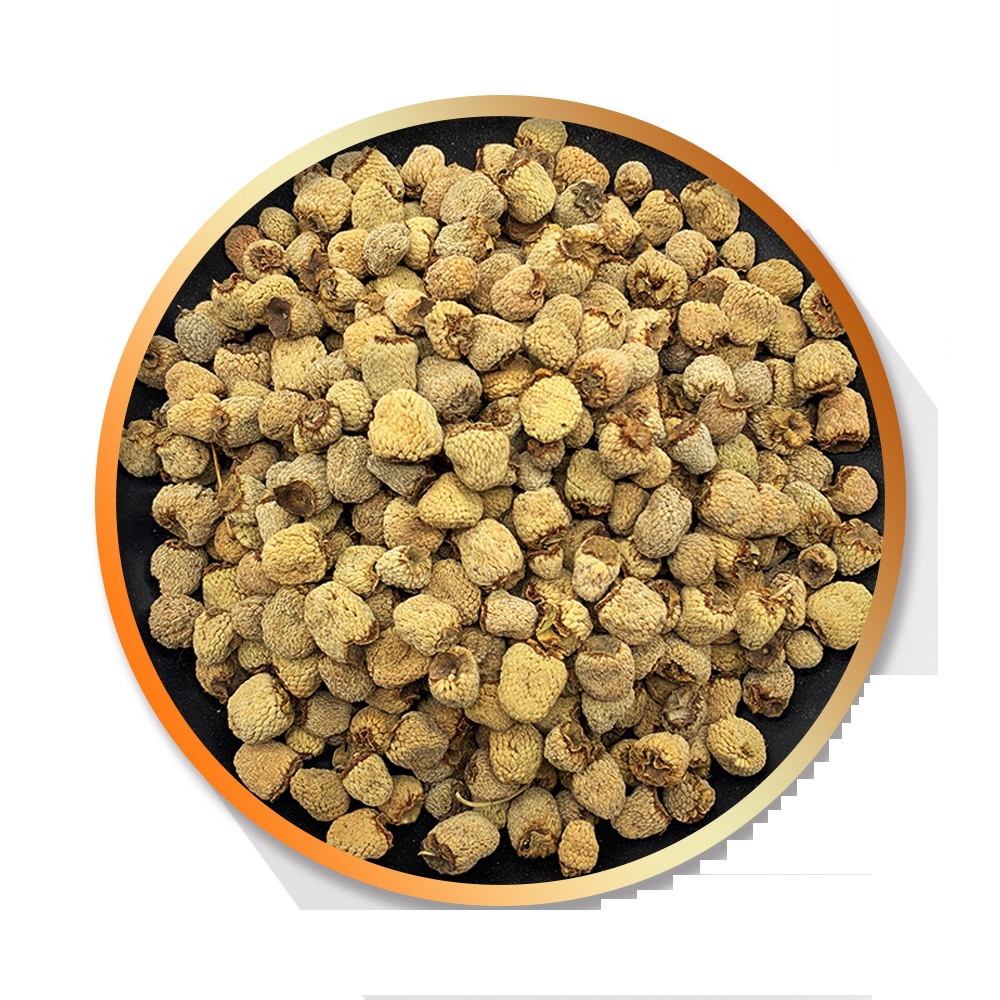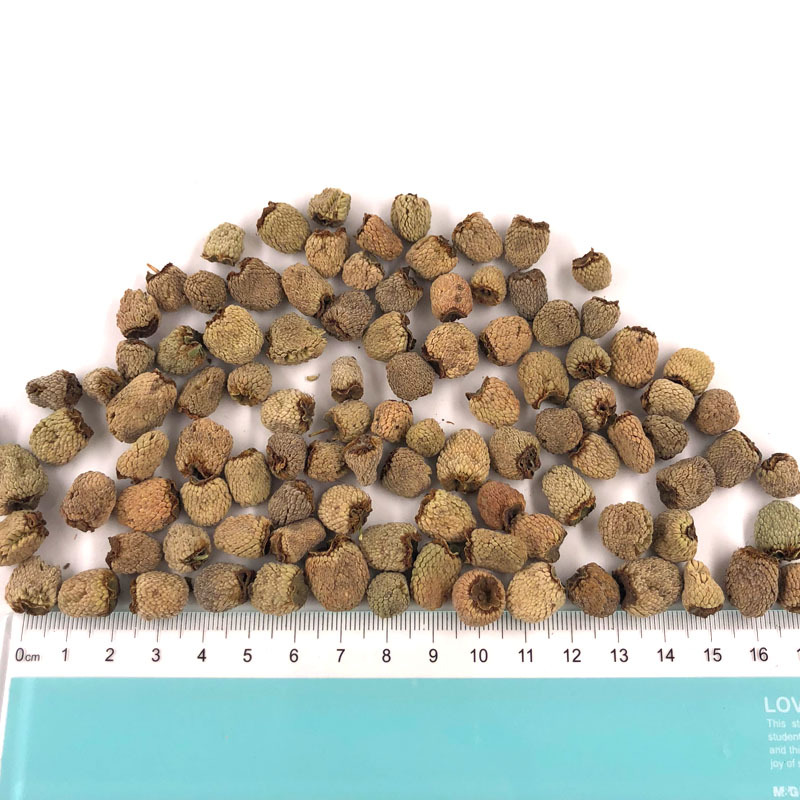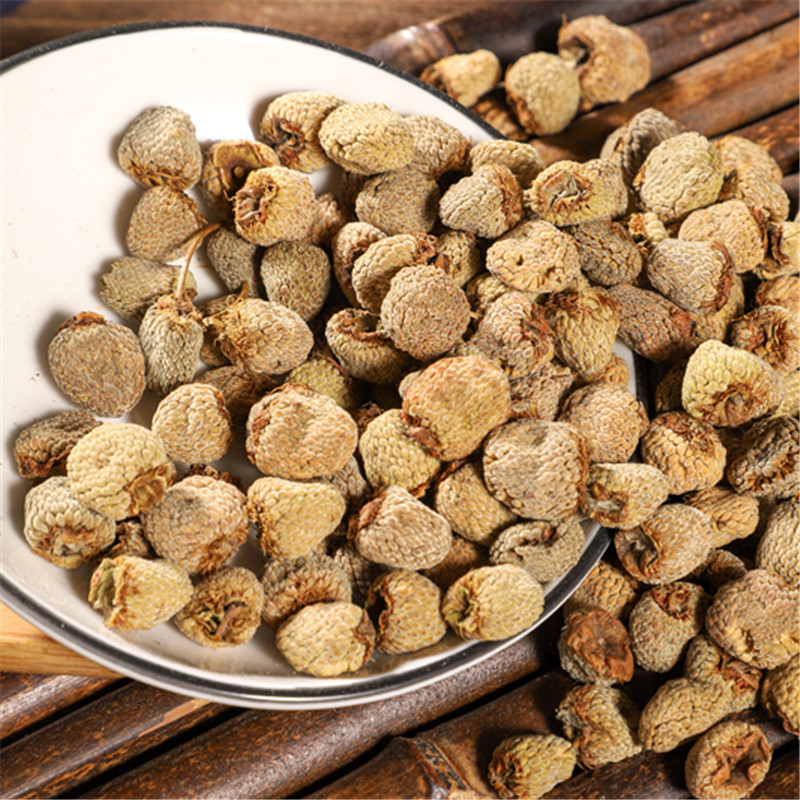
Palm leaf Raspberry Fruit(Raspberry), known in Latin as Rubus idaeus (for red raspberry) and Rubus coreanus (for black raspberry), is a perennial shrub that produces clusters of juicy, flavorful fruits. Native to Europe, Asia, and North America, raspberries are a popular and nutritious fruit enjoyed worldwide for their sweet and tart taste.
Here are some key points about raspberries:
Appearance and Varieties: Raspberries can be red, black, purple, or yellow. The most common type is the red raspberry, but black raspberries are also widely cultivated and are noted for their darker color and often sweeter, more complex flavor.
Nutritional Value: Raspberries are low in calories and rich in fiber, vitamins (such as vitamin C), and antioxidants, specifically ellagic acid and anthocyanins, which give them their vibrant color and have anti-inflammatory properties.
Health Benefits: These berries are touted for their health benefits, which include supporting heart health, improving digestion due to high fiber content, and potentially reducing the risk of certain types of cancer because of their antioxidant content.
Cultivation: Raspberries grow on canes and require a trellis or support system for proper growth. They thrive in well-drained soils and full sun exposure. The plants bear fruit from summer through fall, depending on the variety.
Harvest and Storage: Raspberries are typically harvested by hand when they come off easily with a gentle tug. They are highly perishable and should be stored in a refrigerator; freezing is also an option to preserve them for later use.
Uses: Raspberries are eaten fresh or used in a variety of culinary applications such as jams, jellies, desserts, sauces, and beverages. They are also often dried or made into preserves.
Pests and Diseases: Raspberry plants may face issues with pests like raspberry beetles and diseases such as root rot or leaf spot, which can affect yield and plant health.
Cultural Significance: Raspberries have been a part of human diet and culture for thousands of years, appearing in art, literature, and folklore. In many cultures, they symbolize fertility and abundance.








